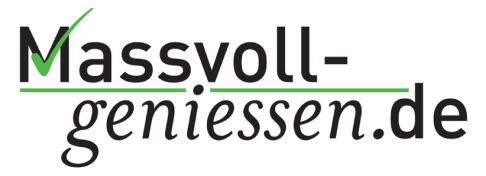Tradition seit 1700
Wir sind ein niedersächsisches Familienunternehmen mit Stammsitz in Nörten-Hardenberg und Zweigniederlassung in Wilthen. Seit mehr als 300 Jahren brennen wir Spirituosen: vom traditionellen Korn, der als einer der Urväter der Kategorie Korn gilt, bis hin zu exzellenten Whiskeys und abenteuerlichen Gins.
Tradition seit 1700
Wir sind ein niedersächsisches Familienunternehmen mit Stammsitz in Nörten-Hardenberg und Zweigniederlassung in Wilthen. Seit mehr als 300 Jahren brennen wir Spirituosen: vom traditionellen Korn, der als einer der Urväter der Kategorie Korn gilt, bis hin zu exzellenten Whiskeys und abenteuerlichen Gins.
Gemeinsam eine grünere Welt schaffen
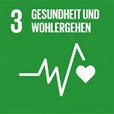
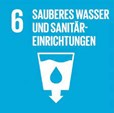
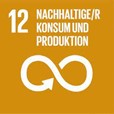
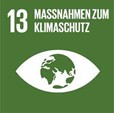
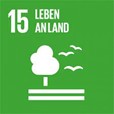

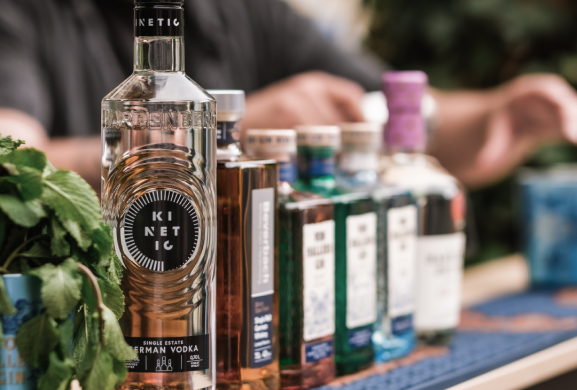
Unser Sortiment
Unser Portfolio wurde in den letzten 50 Jahren durch Marken- und Unternehmenserweiterungen stetig ergänzt, dabei wuchs unser Fachwissen in dem gesamten Spirituosensegment. Jede unserer außergewöhnlichen Marken, ob selbst hergestellt oder importiert, verkörpert Einzigartigkeit in ihrer Kategorie. Diese stellen wir für Kunde und Marke immer in den Vordergrund.
Internationale Aktivitäten
Unser Export- und Importgeschäft
28 LÄNDER
weltweit
10+ MILLIONEN
exportierte Produkte
75+ MILLIONEN
importierte Produkte
Internationale Aktivitäten
Unser Export- und Importgeschäft
28 LÄNDER
weltweit
10+ MILLIONEN
exportierte Produkte
75+ MILLIONEN
importierte Produkte
Karriere
Als Familienunternehmen suchen wir Mitarbeiter und Auszubildende, die sich langfristig engagieren wollen. Wir entwickeln gemeinsam nachhaltige Strategien für die Zukunft.
Karriere
Als Familienunternehmen suchen wir Mitarbeiter und Auszubildende, die sich langfristig engagieren wollen. Um auf die Zukunft vorbereitet zu sein, wird eine nachhaltige Markenentwicklung vorangetrieben und mit den Mitarbeitern entwickelt.
Melden Sie sich zu unserem Newsletter an, um unsere Neuigkeiten in Ihrem Posteingang zu erhalten.
